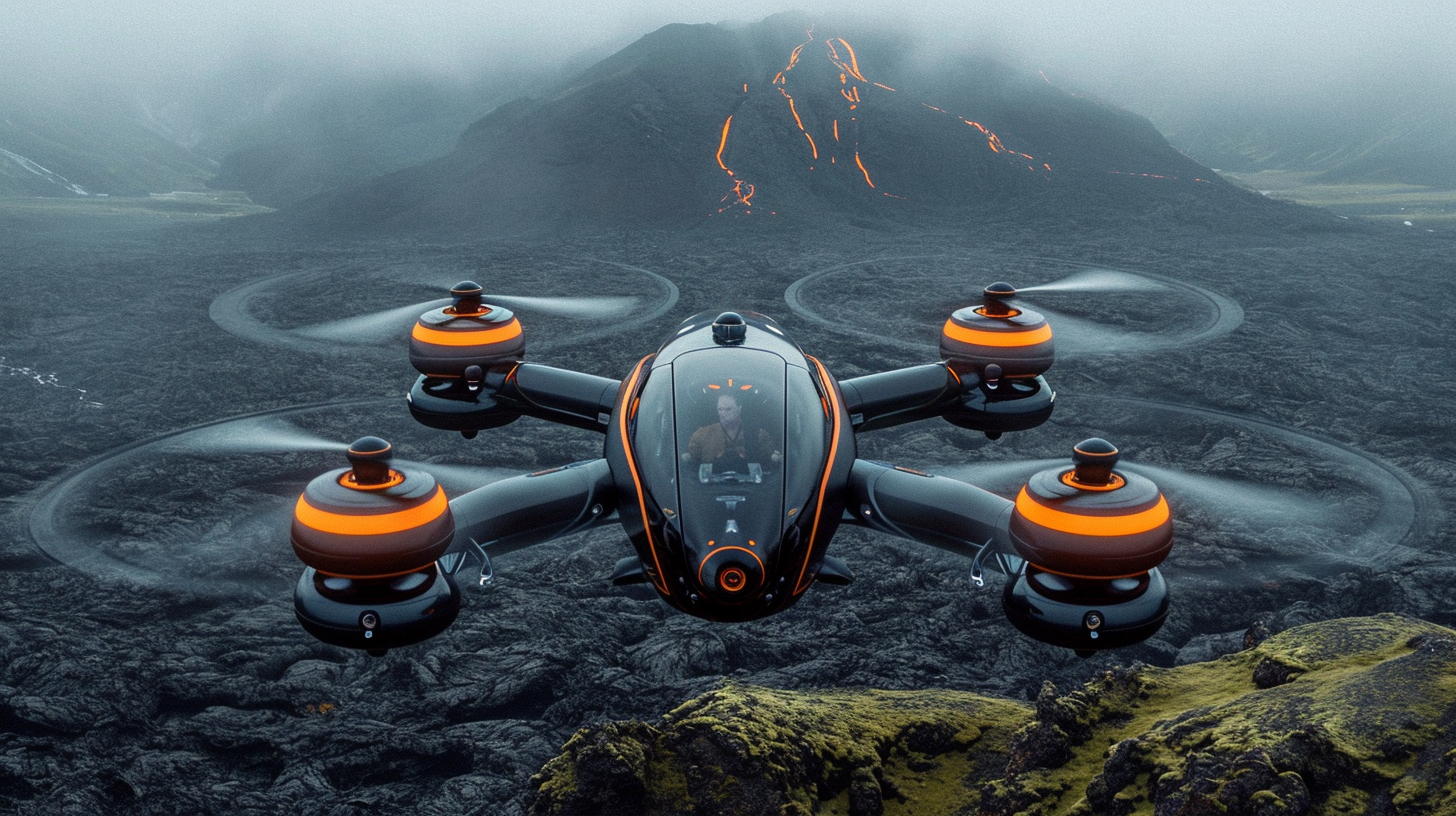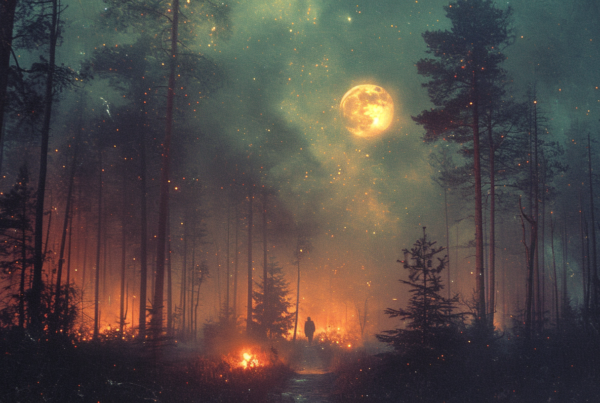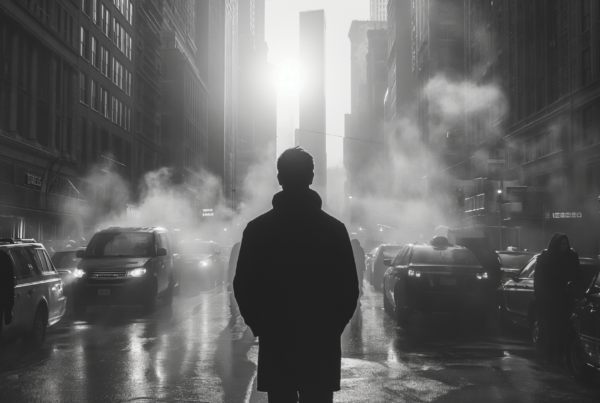The intersection of artificial intelligence and photography has birthed a new era of creative exploration. Today, we delve into a fascinating journey that traverses through the aesthetics of traditional films, all the way from the versatile Fujifilm Superia 400 to the vibrant Kodak Ektachrome E100, under the lens of AI. How well can modern AI technologies emulate the distinct aesthetics of these iconic films? Let’s find out as we focus on color reproduction, grain, and low-light performance.
Color Reproduction:
- Fujifilm Superia 400:
- Fujifilm Superia 400 is known for its excellent color reproduction, especially in natural and low-light settings. AI, with its machine learning algorithms, can be trained on a database of images shot on Superia 400 to understand and replicate the film’s color palette. The results are often surprisingly accurate, capturing the warm and natural tones that Superia 400 is celebrated for.
- Kodak Ektachrome E100:
- On the other end of the spectrum, Kodak Ektachrome E100 is revered for its vibrant, saturated colors and fine grain. Through AI, one can emulate the E100’s unique color signature by training the model on a curated dataset of Ektachrome photographs. The AI-generated images often showcase a similar vibrancy and color saturation reminiscent of Ektachrome’s iconic look.
Grain:
- Texture and Consistency:
- One of the hallmarks of film photography is the characteristic grain that adds texture and authenticity to photographs. AI can simulate film grain by analyzing the noise patterns in various film stocks and applying similar grain structures onto digital images. The graininess of Fujifilm Superia 400 and the fine grain of Kodak Ektachrome E100 can both be emulated to a convincing degree, adding a touch of nostalgia to AI-generated visuals.
Low-light Performance:
- Capturing the Essence of Low-light Photography:
- Low-light performance is a crucial aspect of film aesthetics. Fujifilm Superia 400 shines in low-light conditions without a flash, capturing the ambiance accurately. Through machine learning, AI can be trained to understand how Superia 400 reacts to low light and replicate similar performance in digital imagery. On the other hand, while Ektachrome E100 may not be a low-light champion, AI can be utilized to enhance its low-light capabilities, showcasing how AI can not only mimic but enhance traditional film properties.
The expedition from Fujifilm Superia 400 to Kodak Ektachrome E100 through the realms of AI unveils a promising horizon where the nostalgic charm of traditional films and the innovative prowess of artificial intelligence coalesce. As AI continues to evolve, the boundaries between traditional film photography and digital imagery are becoming ever so blurred, opening up endless possibilities for both photographers and digital artists alike. The capability of AI in emulating and enhancing film aesthetics is not merely a tribute to the rich legacy of film photography, but a leap towards a future where creativity knows no bounds.





